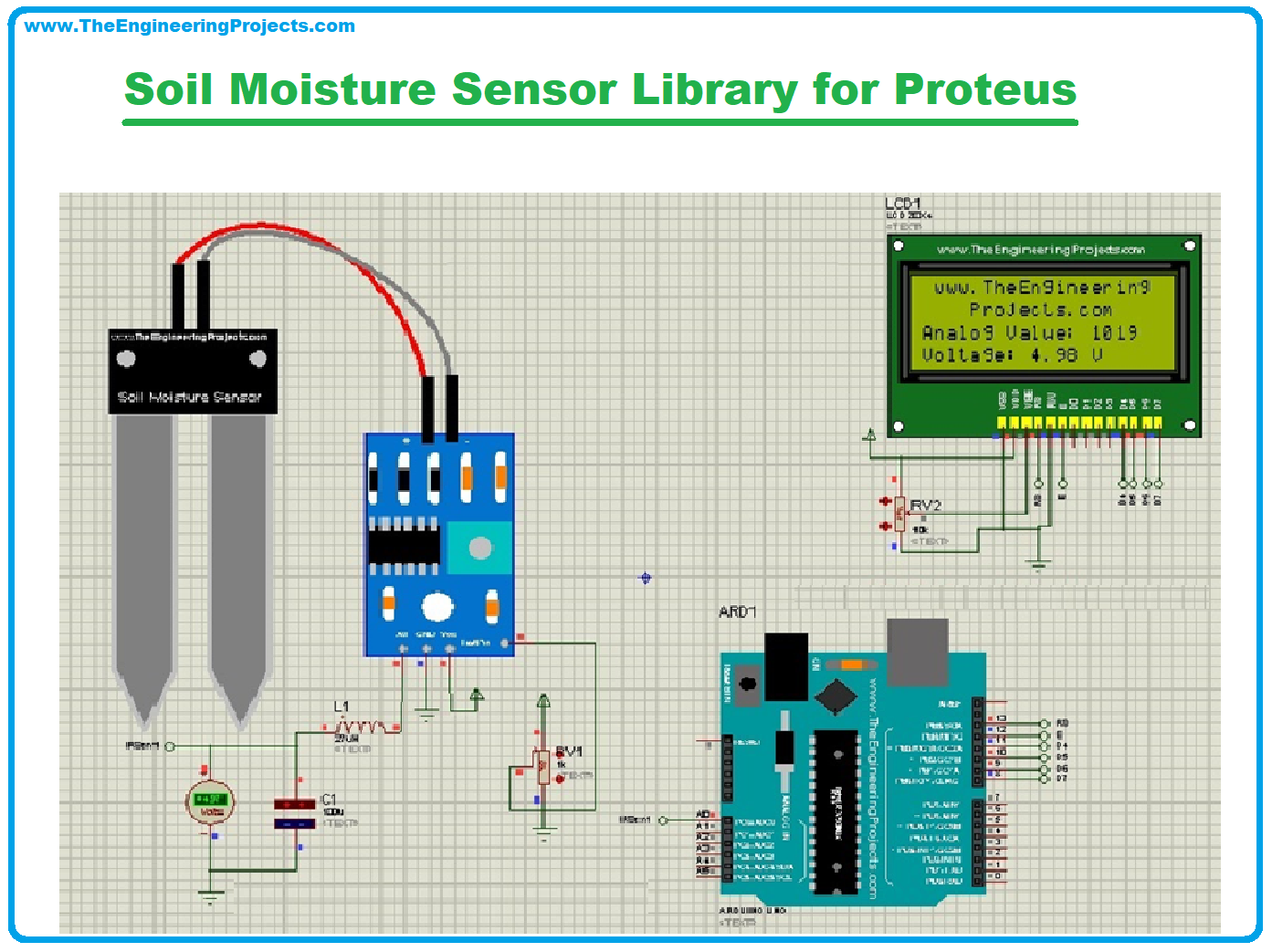

The host intrusion detection system (hids) runs on all the devices in the network with access to the internet and other parts of the enterprise network.

Snort_Inline Uses Netfilter's Packet Queuing Capability To Allow Snort To Decide What To Do With Individual Packets As They Traverse The Interfaces Of A Linux System That Is Acting As Either A Router Or An Ethernet Bridge. Apart from monitoring incoing and outgoing traffic, a host based ids can also. The primary goal of any ids is to monitor traffic. The signatures one examines files in comparison with a database of signatures that are perceived to be malicious.


It provides protection to the individual host and can detect potential attacks and protect critical operating system files. Source: What is a host intrusion detection system? It is fundamentally built upon the snort ids to detect attacks, but it adds an important feature: Source: Packets that do not match policy are rejected. Source: Īpart from monitoring incoing and outgoing traffic, a host based ids can also. It is fundamentally built upon the snort ids to detect attacks, but it adds an important feature: Snort is now developed by cisco, which purchased sourcefire in 2013. Some popular network based ids are: If there are attacks in any other part of the network, they will not be detected by the host based ids. Snort is a free open source network intrusion detection system (ids) and intrusion prevention system (ips) created in 1998 by martin roesch, founder and former cto of sourcefire. These systems have the potential to detect attacks that are visible at hosts. HIDS (HostBased Intrusion Detection System) Bauman from en.bmstu.wiki Snort is mostly used signature based ids because of it is lightweight and open source software. “snort® is an open source network intrusion prevention and detection system (ids/ips) developed by sourcefire.


 0 kommentar(er)
0 kommentar(er)
